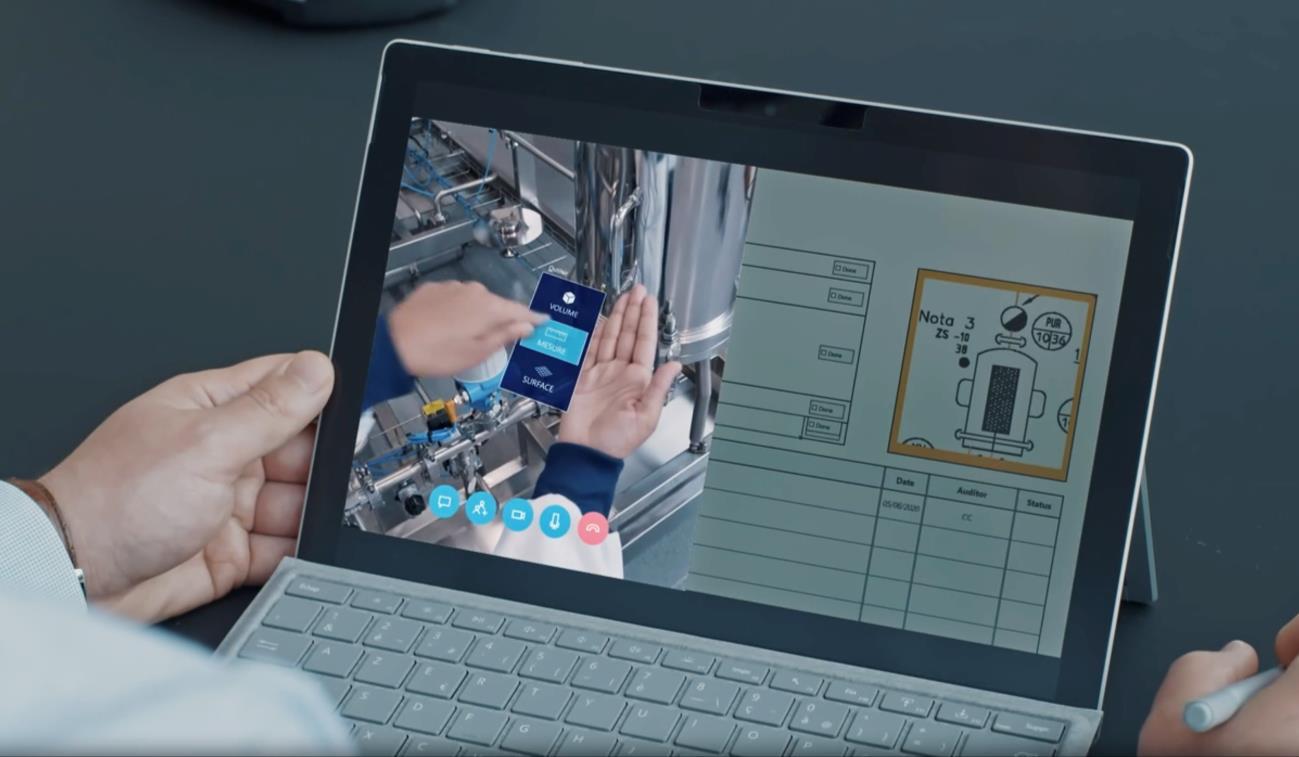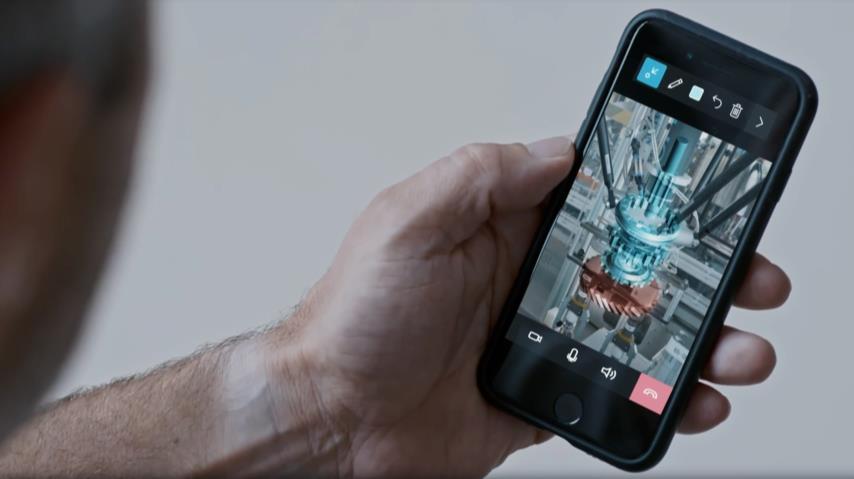
2 minute read
Deep Dive into
from Sample_01
by im·pul·sive
Beyond facilitating and streamlining on-site tasks, the Manufacturing industry has begun employing Mixed Reality to allow employees to be two places at once. Remote Assistance implemented via Mixed Reality connects remote employees to collaborate with each other by streaming real time, 3D videos of what they are working on. Experts anywhere in the world can conduct routine inspections and audits, deploy new equipment, or assist first line workers in new and critical tasks as needed, without having to physically travel to sites. Remote Assistance remains the least prevalent use case of Mixed Reality examined here; still, 3-in-4 organizations surveyed are either current or prospective users.
(Exhibit 7)
Advertisement
In a prime illustration of this capability, L'Oréal is tapping into Dynamics 365 Remote Assist via HoloLens 2 to connect remote experts to field technicians from various locations. When a part breaks down on a machine, new equipment must be installed or an audit must be carried out; however, it is not always easy to explain the process simply by phone, and bringing experts on site requires time and resources. L'Oréal is now able to benefit from the expertise of those who are not on site to carry out these operations in an efficient, cost-effective way.
It is unsurprising that L'Oréal is leading the march for this under-utilized Mixed Reality application: the company has been quick to embrace immersive technologies as a bridge to the future and has been investing heavily in them since 2012. As with other Mixed Reality use cases, Remote Assistance is proving to be a worthy investment. Manufacturing organizations that currently use Mixed Reality for Remote Assistance estimate an average improvement of 31% in accelerating issue diagnosis and resolution, and L'Oréal boasts even greater success at 50% improvement in this respect.

For L'Oréal, time is everything, and the ability of Remote Assistance to transmit knowledge through space and time with the same precision as on-site assistance has proven to be an incredible asset. “Saving time at L'Oréal is very important,” explains Christian Georges, Manufacturing Excellence Director at L'Oréal. “We can now easily debug a situation and bring more comfort to our employees.” The attested capability of Remote Assistance to both expedite inspections/audits and accelerate issue diagnosis/resolution is key, as these benefits represent the two most desirable outcomes according to organizations surveyed.
Furthermore, Remote Assistance has benefits that extend beyond time savings and convenience. Less travel means less employee fatigue and reduced CO2 emissions, and inter-site communication can be optimized to share best practices more easily and connect to the best experts. L'Oréal has also seen improvements in employee performance and morale, as well as their ability to meet production deadlines.
While Remote Assistance is the most under-utilized application of Mixed Reality of the three examined in this report, differences across the three national markets suggest that the lower utilization numbers may be driven, in part, by Japanese organizations. That is, Japanese manufacturers are less likely than the group as a whole to currently use Mixed Reality for Remote Assistance (28% vs. 38% overall).





